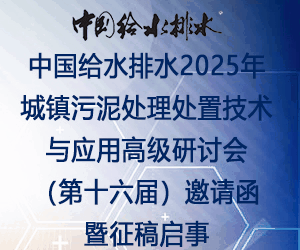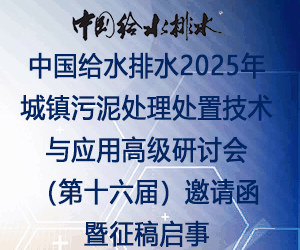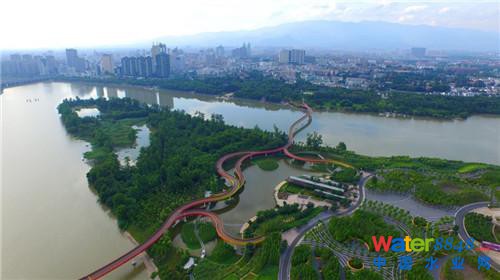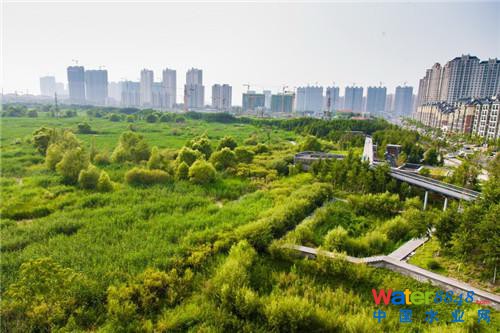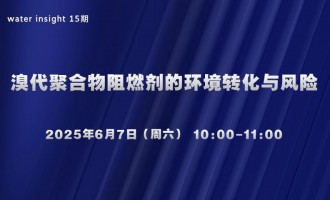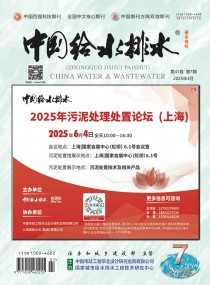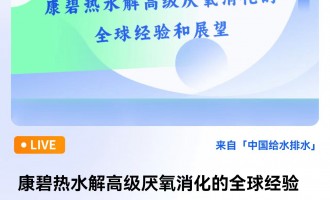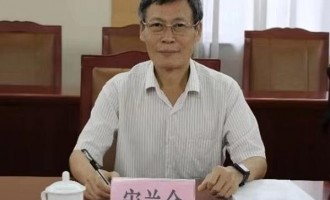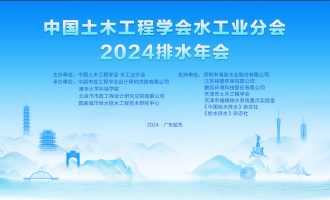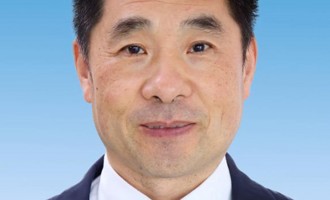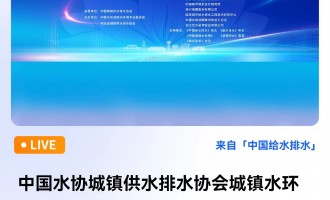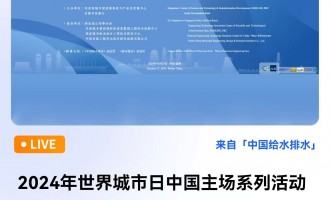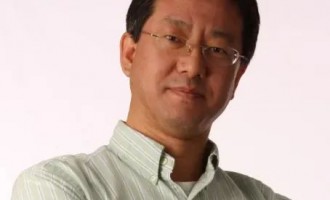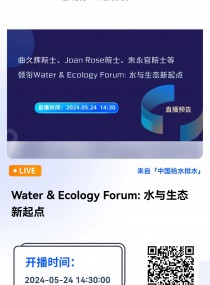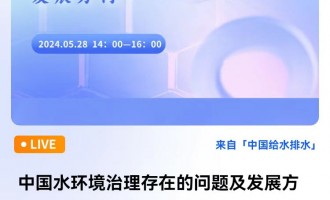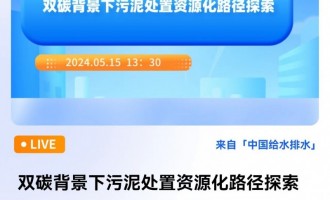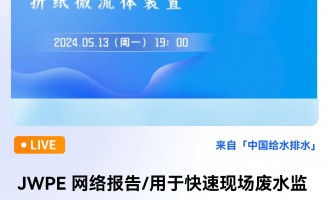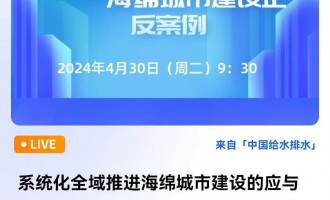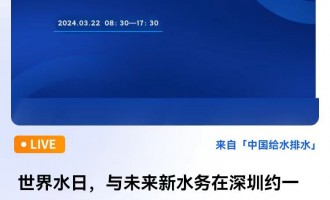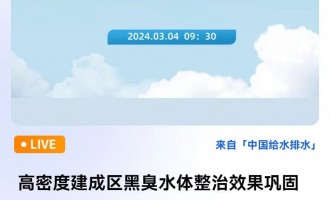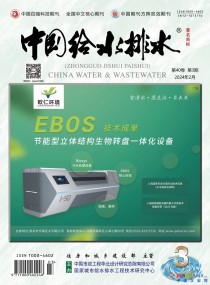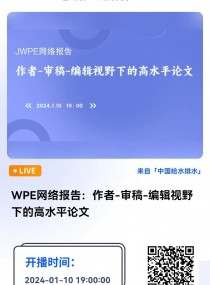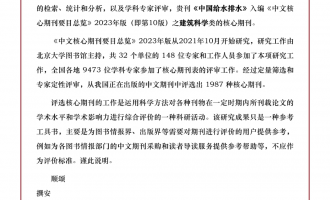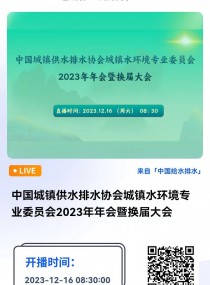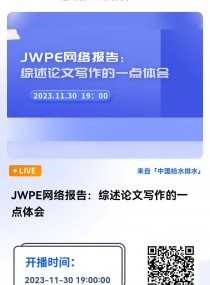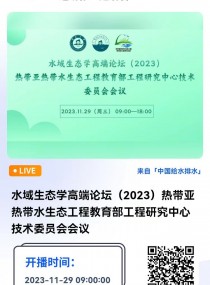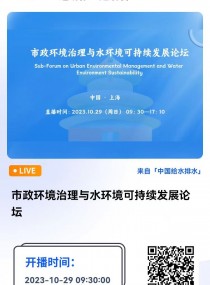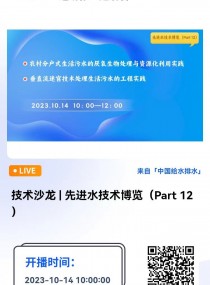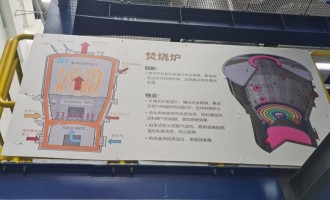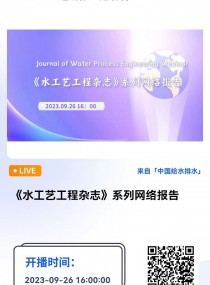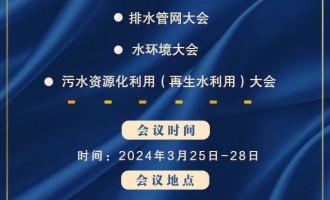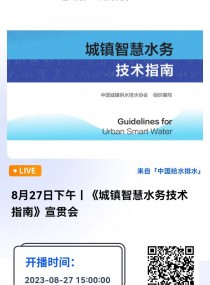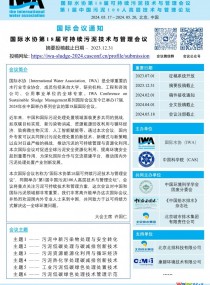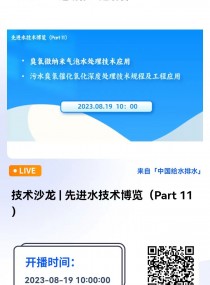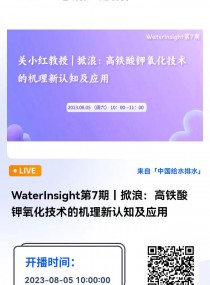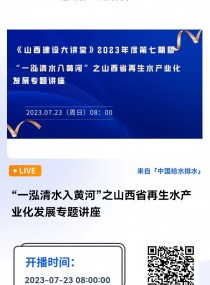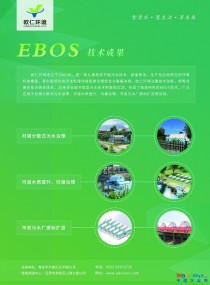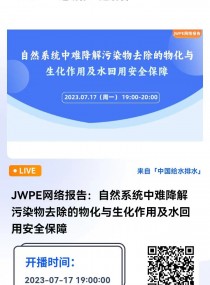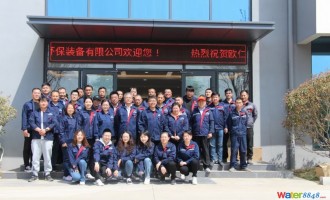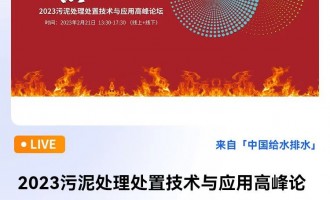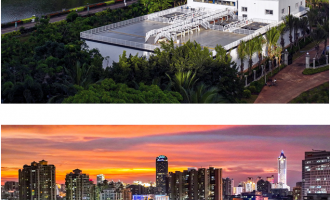Could sponge cities be the answer to China’s floods?
Three years ago, when flooding in Beijing killed 79 people, the Chinese government was quick to blame the size of the storm, not the city’s failing drainage system. But the excuse didn’t persuade the public. News reports of fatal floods come as regularly to city dwellers as the annual monsoon season.
No longer just a problem for farmers living on flood-prone plains, water has become the nemesis of China’s 680 million urbanites, whose concrete landscape was not built adequately to withstand the forces of nature.
SERIES

City Makers: Global Shifts
Since 2008, the number of Chinese cities affected by floods has more than doubled.Severe and extreme droughts, too, have become more serious since the late 1990s. Chronic water shortages in northern China have led to the construction of a $81 billion canal to transfer water south to north.
“The rate of flooding is a national scandal,” says Kongjian Yu, the dean of Peking University’s College of Architecture and Landscape Architecture. “Wehave poured more than enough concrete. It’s time to invest in a new type of green infrastructure.”
For the first time, Yu feels he may be preaching to the converted.
In September, the government rubber-stamped the development of 16 model “sponge cities”—an ecologically friendly alternative to the gray urban expanses of modern China. These will require infrastructure retrofits of existing cities all over China, ranging from Xixian New Area in the north, with about 500,000 people, to Chongqing in the south, with a population of 10 million.
Each city will receive 400 million RMB ($63 million) per year for three years to implement projects.
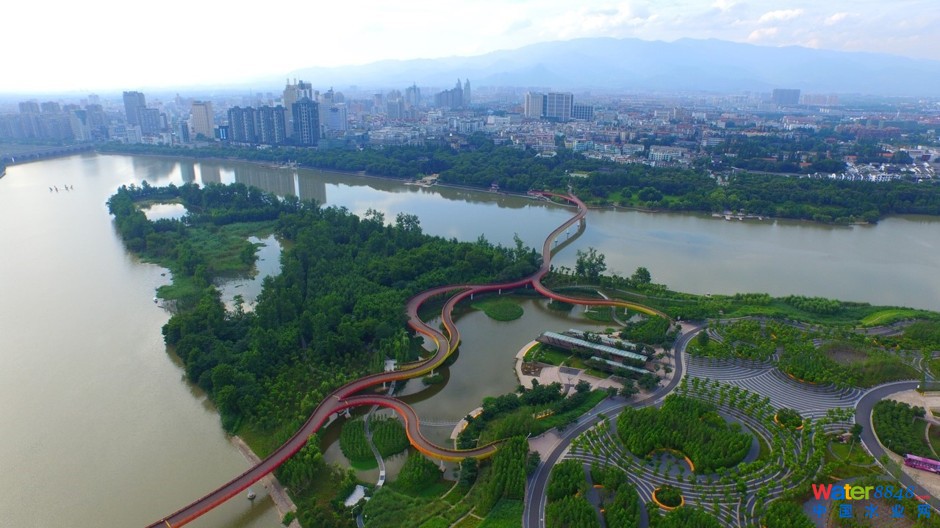
“A sponge city is one that can hold, clean, and drain water in a natural way using an ecological approach,” says Yu, who is helping to coordinate the national project.
Traditionally, Chinese cities handled water well, Yu notes. “But in modern China, we have destroyed those natural systems of ponds, rivers, and wetlands, and replaced them with dams, levees, and tunnels, and now we are suffering from floods.”
China began experimenting with sponge-related urban design ideas more than a decade ago. In 2000, one of the first large studies involving low-impact development (LID)—a method of natural stormwater management—was used in the design of a housing block called Tianxu Garden in Beijing. During the flood of 2012, the apartments easily survived the disaster.
Yet it was only after the Chinese president Xi Jinping suggested cities “should be like sponges” that the term became trendy among urban planners and designers.
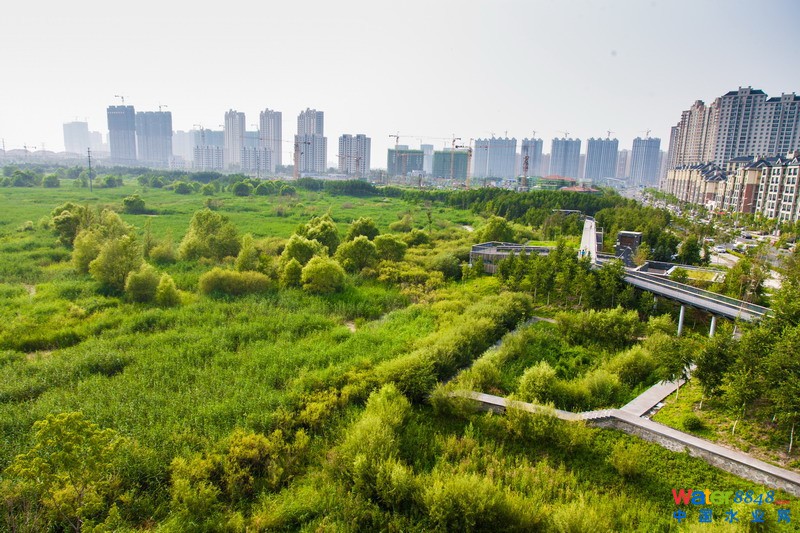
Tat Lam is CEO of Shanzhai City, a social development incubator. At the end of 2013, he was involved in commissioning designs for a new town. “I was judging many submissions, and suddenly discovered there was a huge trend for people using the term ‘sponge city,’” he remembers. “Every submission included it.”
“It was clear from the proposals that from a practical perspective, no one knew exactly what it meant,” Lam acknowledges. “But the ideological concept had taken hold.”
It’s for this very reason that sponge cities could run aground.
China’s rapid urbanization has been an exercise in laying concrete. As Bill Gates (now famously) tweeted, between 2011 and 2013, China used more cement than the United States did over the entire 20th century. And concrete is not permeable.
Stormwater systems that send runoff into sewers are largely inadequate at the scale of major cities. “Until recently, many of the decision-makers and experts in the drainage industry supported a larger, gray-infrastructure, civil engineering approach to water management,” notes Andrew Buck, an urban planner at the Beijing-based design firm Turenscape (which is led by Yu). “But most of these systems are overloaded, and urban floods happen even in moderate sustained rains.”
At the same time as the model cities are being funded and rolled out, local officials are attempting to learn how they work in practice.Central government wants to change the model from gray to green. Still, not many people know how to design a sponge city. At the same time as the model cities are being funded and rolled out, local officials are attempting to learn how they work in practice.
“I sit on the National Sponge City Technology Committee,” Yu says. “Businesses want to sell us their technology, but technology is not really what we need. Even if you have permeable pavement, it’s not really the central idea.”
Reverse-engineering a city to make it more spongey requires a mental rather than physical shift, he argues. “It’s a whole new philosophy of dealing with water. It is about how we plan and design our cities in an ecological way. Not about piecemeal, manmade engineering projects. So we need to avoid this kind of trap.”
Sponge-city design could also run up against China’s centralized planning system.
“Some aspects of sponge city will not work in northwest China, but will work in southeast China, depending on the localized climate,” says Buck. (For instance, Wuhan deals with regular flooding, while in Xixian, the problem is drought.) “But China’s not used to doing that. Beijing chooses one model and stamps it out to every part of the country.”
Finally, there is the delicate question of financing. While the government has promised to fund 16 sponge cities in the short term, it is looking for public-private partnerships to make a long-term social investment. Still, it’s not clear how sponge cities will make money for investors.
Infrastructure projects are usually lucrative for local governments in China. Thousands of acres of cheap, state-owned land (often reclaimed wetlands) are sold off to developers, while the projects themselves drive economic growth and create thousands of jobs.
But sponge cities are different. They don’t need to consume vast amounts of resources: quite the opposite.
It’s not clear how sponge cities will make money for investors.“The question is how to build the relationship between the business interest and the common interest,” says Yu. “The government is trying to find public-private partnership models that can be applied to green sponge construction projects.”
One idea could be for a city to buy ecological services from a private company. “But how you measure such ecological services is a big challenge,” Yu admits.
So far, the central government has been successful in communicating its desire for change. But it’s not clear whether provincial officials have the tools to live up to the rhetoric.
Local administrators need criteria to guide them when commissioning sponge-city services, Lam points out. “In China, there is no existing system for measuring a project’s long-term benefit for society, only tools to measure short-term gains. So how will money be distributed by local government?” he says.
Sponge cities might well turn out to be ecologically sustainable. But from a practical perspective, their future looks far less certain.


